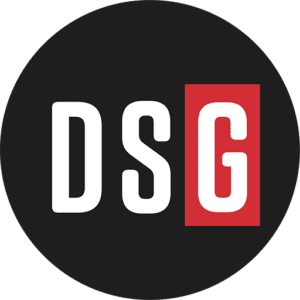QXO’s third-quarter results reveal the seismic effect of its April 2025 acquisition of Beacon Roofing Supply, which instantly turned the company from a niche software platform into one of North America’s largest distributors of roofing and building products. The deal sent revenue soaring to $2.73 billion, up from just $13.1 million a year earlier — an increase of more than 20,000%. But the rapid expansion came at a cost: QXO posted a net loss of $139.4 million, compared with net income of $17.2 million in the same quarter last year.
For the first nine months of 2025, sales reached $4.65 billion, up from $42.1 million in the same period a year earlier, while the company reported a year-to-date loss of $189.2 million, versus profit of $16.7 million in 2024.
“We’re making excellent progress optimizing Beacon and continue to find new avenues for growth,” said Brad Jacobs, QXO’s chairman and CEO. “We outperformed the market this quarter and are firmly on track to organically grow legacy Beacon’s EBITDA to more than $2 billion. This momentum, combined with a very robust acquisition pipeline, primes us to reach $50 billion in annual revenue within a decade.”
The numbers underscore both the opportunity and strain of absorbing Beacon’s vast footprint — which includes hundreds of branches, thousands of employees, and complex regional operations. QXO’s gross profit climbed to $635.8 million, up from $5.5 million a year earlier, but integration and overhead expenses remained steep. Selling, general and administrative costs totaled $452.5 million, as QXO worked to merge systems, technology, and leadership teams.
Half of the quarter’s sales came from residential roofing ($1.35 billion), with non-residential roofing ($734 million) and complementary building products ($628 million) accounting for most of the remainder. Software and services contributed about $14 million, now a fraction of total revenue following the Beacon takeover.
The balance sheet shows how aggressively QXO has financed its transformation. The company’s cash balance dropped to $2.31 billion at the end of September from $5.07 billion at the end of 2024, while long-term debt rose to $3.05 billion. Management attributed the decline to acquisition spending and integration costs tied to the Beacon transaction.
Jacobs, known for building logistics powerhouses XPO and GXO, has positioned QXO as a tech-enabled distributor that aims to modernize an $800 billion building-products market still dominated by local and regional players. The strategy relies on applying digital tools, data analytics, and automation to improve efficiency and customer experience while continuing to acquire complementary businesses.
Analysts say the coming quarters will assess whether QXO can translate its newfound scale into profit. The company must lift margins, improve cash generation, and prove that its technology investments can drive sustainable growth in a cyclical construction market.
For now, QXO has the reach and resources it set out to build. The challenge ahead is turning its blockbuster acquisition into a durable, tech-driven success story rather than another costly roll-up.
Don’t miss any content from Distribution Strategy Group. Join our list.


